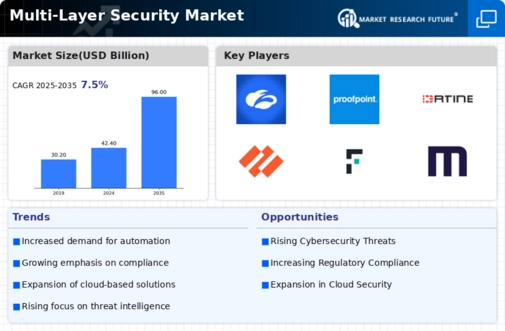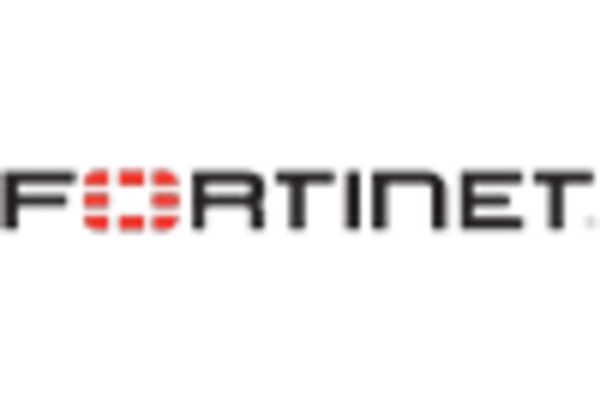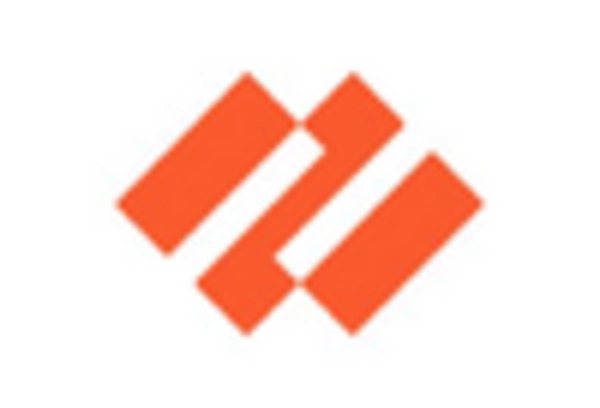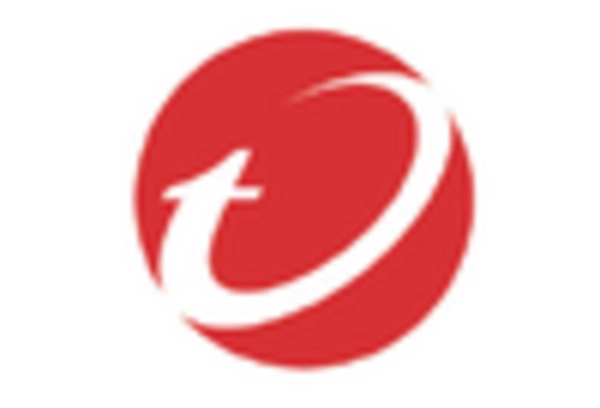Market Analysis
In-depth Analysis of Multi-layer Security Market Industry Landscape
The market for multi-layer security is undergoing dynamic changes at the moment due to the growing requirement for strong protection measures and the evolution of cyber threats. In the current digitally interconnected environment, where assaults are growing more complex, enterprises are realizing the value of a comprehensive security strategy. The need for multi-layer security solutions, which provide a layered defensive approach to protect against a variety of cyber threats, has increased as a result of this awareness. An important factor influencing market dynamics is the growing complexity and frequency of cyberattacks. New and sophisticated malware, ransomware, and other cyber threats appear every day, causing serious problems for businesses throughout the globe. Businesses must invest in multi-layered security solutions that can offer a multifaceted defense against a variety of threats due to the always-changing threat landscape. Consequently, there is a noticeable increase in the market's uptake of all-encompassing security frameworks that include several security levels, including intrusion detection systems, firewalls, antivirus software, and encryption technologies. Organizations' increasing understanding of the value of data security and privacy is another element influencing market dynamics. Cyberattacks and high-profile data breaches have highlighted the necessity of a strong and proactive security posture. Organizations looking to secure confidential data, uphold regulatory compliance, and preserve their brand are investing more in multi-layer security solutions as a result of this understanding. In response to this need, the industry presents solutions that foresee and reduce future hazards in addition to addressing present dangers. Furthermore, the attack surface for hackers has increased due to the increasing adoption of cloud computing and the proliferation of connected devices. A multi-layered security strategy is essential as more devices become networked and data is kept in cloud settings. This change in the industry is reflected in the emphasis on creating security solutions that can easily interact with a variety of IT ecosystems, such as mobile devices, cloud platforms, and on-premises infrastructure.
















Leave a Comment